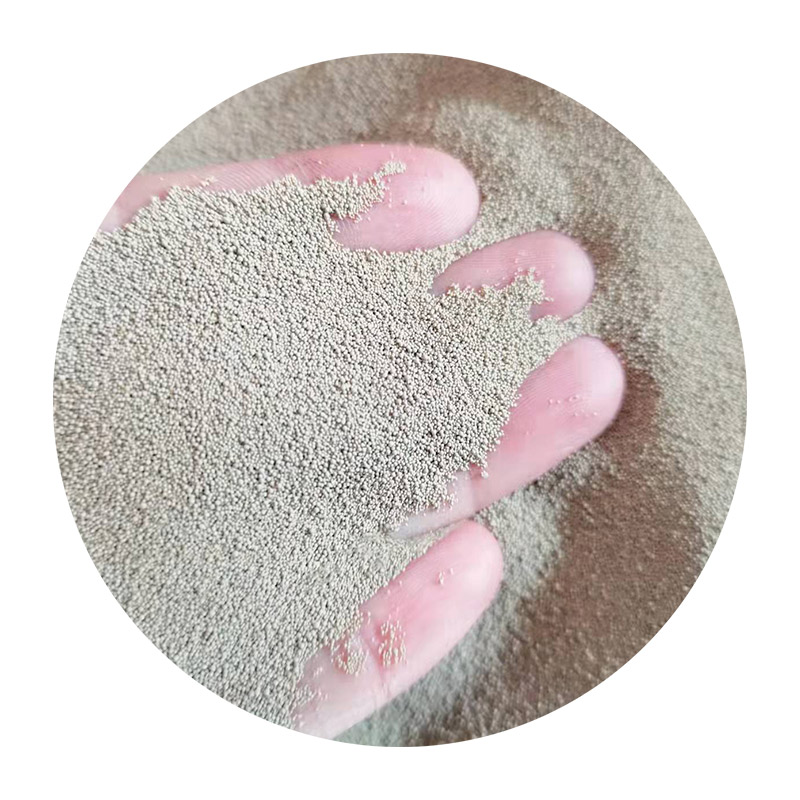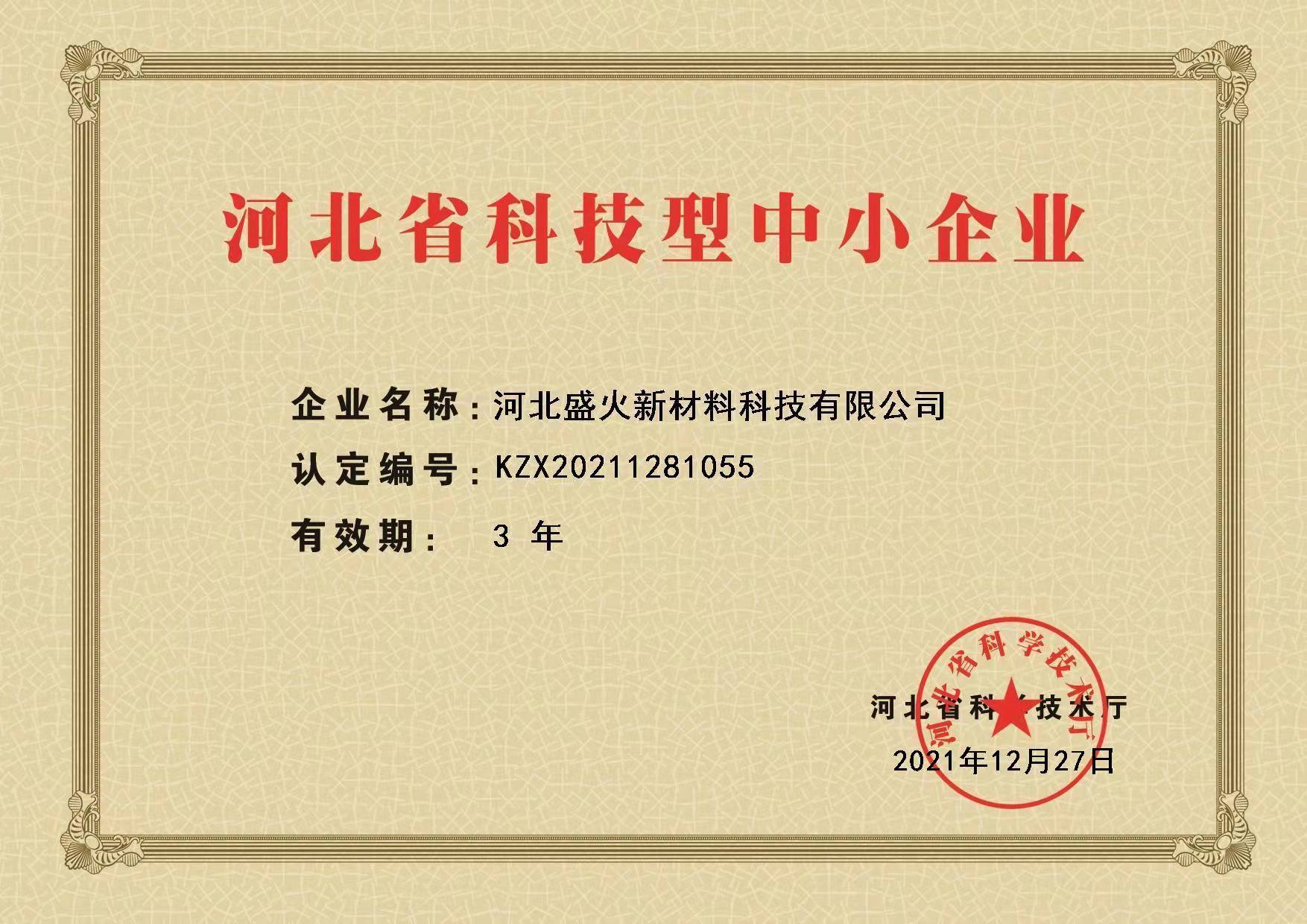

From an environmental perspective, coated sand casting is gaining recognition for its sustainability. Modern manufacturers are under increasing pressure to adopt greener practices, and my consultancy has monitored the steady decline in the environmental footprint of such casting processes. The used sands can be efficiently recycled, with resin coating technologies continually advancing to utilize less volatile and more eco-friendly materials. These sustainable practices position manufacturers favorably with environmentally conscious clients and stakeholders. Furthermore, coated sand casting’s versatility allows it to be adapted for a broad range of materials, including aluminum, iron, and steel alloys. This flexibility ensures that it caters to diverse applications, from consumer goods to complex industrial components. My breadth of experience includes guiding factories in customizing their casting processes to accommodate these materials, resulting in optimized performance and customer satisfaction. In terms of expertise development, staying at the forefront of coated sand casting innovation involves continuous learning and adaptation. Participating in workshops and collaborating with material scientists enables my team and me to understand emerging trends and technologies. Our commitment to staying ahead not only benefits our product offerings but also cultivates a culture of cutting-edge knowledge and competence. Across my career, including numerous successful implementations of coated sand casting techniques, the enhanced durability, performance, and customization it offers stands uncontested. The method's growing importance in the global manufacturing ecosystem highlights its vital role in advancing industrial capabilities. Embracing coated sand casting paves the way for more reliable, efficient, and sustainable manufacturing practices, securing its position as a crucial pillar in modern production processes. Post time:Ion . 29, 2025 02:08
Next:cast of sand castles 2014
